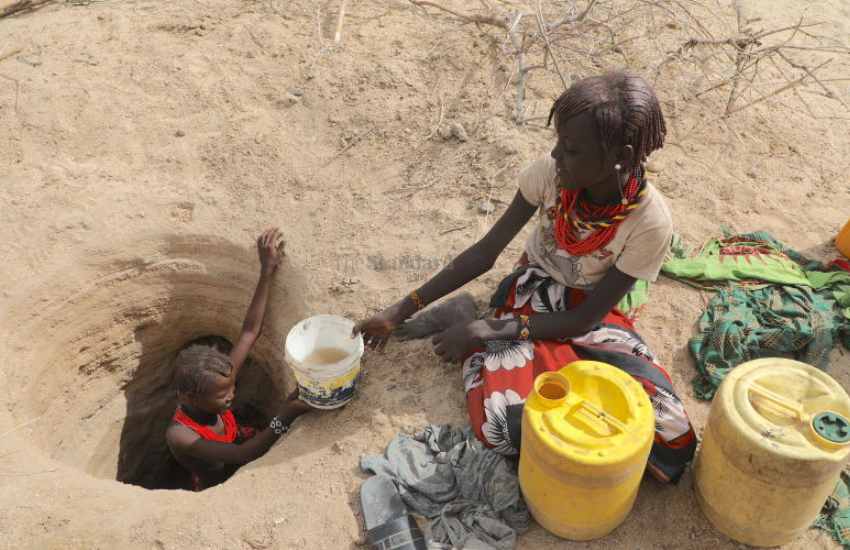×
The Standard e-Paper
Kenya’s Boldest Voice

As Kenya grapples to contain the coronavirus pandemic, residents of Marsabit County are struggling with the ravages of drought and with it, starvation and hunger.
More than 100,000 people in the area need food supplies for the next six months and the same could befall the 1.4 million people in the larger northern Kenya, according to the Kenya Food Security Steering Group (KFSSG).